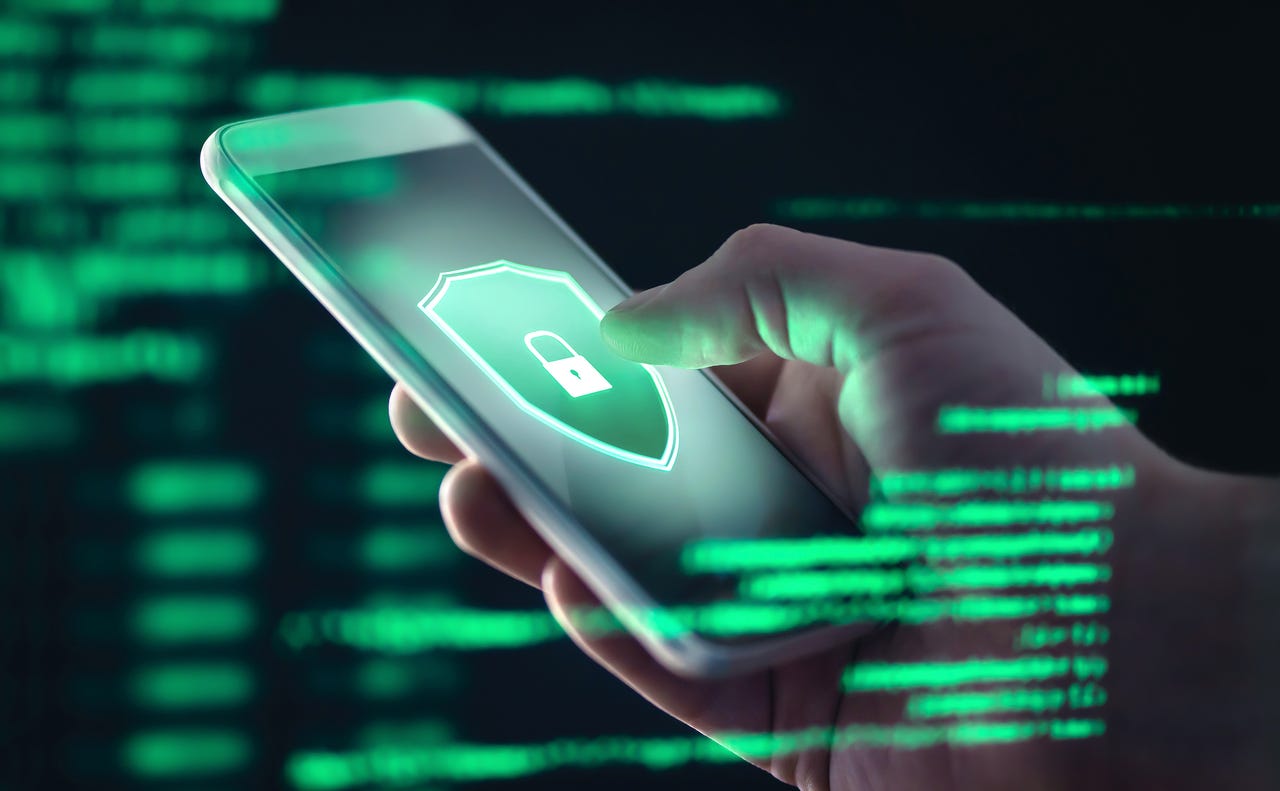'ZDNET Recommends': What exactly does it mean?
ZDNET's recommendations are based on many hours of testing, research, and comparison shopping. We gather data from the best available sources, including vendor and retailer listings as well as other relevant and independent reviews sites. And we pore over customer reviews to find out what matters to real people who already own and use the products and services we’re assessing.
When you click through from our site to a retailer and buy a product or service, we may earn affiliate commissions. This helps support our work, but does not affect what we cover or how, and it does not affect the price you pay. Neither ZDNET nor the author are compensated for these independent reviews. Indeed, we follow strict guidelines that ensure our editorial content is never influenced by advertisers.
ZDNET's editorial team writes on behalf of you, our reader. Our goal is to deliver the most accurate information and the most knowledgeable advice possible in order to help you make smarter buying decisions on tech gear and a wide array of products and services. Our editors thoroughly review and fact-check every article to ensure that our content meets the highest standards. If we have made an error or published misleading information, we will correct or clarify the article. If you see inaccuracies in our content, please report the mistake via this form.
How to set up a locked folder in Google Photos on Android (and why you should)


Google Photos on Android offers the option to create a locked folder. But why would you even want this feature? Maybe you want to take pictures of your personal documents, like vaccination cards or your diver's license, to keep close at hand? Or maybe you have images or videos that you'd rather no one else see?
Also: The best Android phones
For these kinds of pictures, you can set up a locked folder in Google Photos on Android to tuck images and documents away for safekeeping. Once you've set this feature up, the only way to view the pictures is via your default screen-unlock authentication, such as the fingerprint scanner.
There is, of course, a caveat to using a locked folder. Any photo or video stored within that folder is not backed up to your cloud account. So, choose the photos and videos you want to lock up wisely. Or, better yet, make sure you have a copy of that folder saved in a safe (think "encrypted") folder on your local machine.
I'm going to demonstrate how to set up a locked folder in Google Photos on Android 12 running on a Pixel 6 Pro. This process should work in a similar fashion on other devices, so long as you're running a version of Android that's equal to or newer than 12.
How to create the locked folder
What you'll need: The only thing you'll need for this process is an Android device connected to your Google account.
1. Open Google Photos
Open Google Photos on your Android device. From the main window, tap Utilities.
The Google Photos main window on Android 12.
2. Set up your locked folder
In the resulting window, tap Set up Locked Folder.
The Utilities section of Google Photos on Android 12.
From this point on during the process, Android does not allow users to take screenshots because this is considered a sensitive area of the device.
That restriction means there won't be detailed photos for the next steps in my guide, so follow along closely with the instructions (don't worry, it's easy).
3. Finish the set up
On the next screen, tap Set up at the bottom right corner of the display. You will then be prompted to authenticate, using your default method (such as fingerprint, facial scan, PIN, or pattern).
After successfully authenticating, you'll be greeted with a window that says Nothing here yet and a Move items button.
Also: 8 habits of highly secure remote workers
Tap Move items to open the file picker, where you can select any of the photos (or videos) you want to add to your locked folder.
Tap to select the image(s) you want to move into the Locked Folder and then tap Move at the top right of the display.
It seems the file picker isn't considered a sensitive area in Android.
You'll once again be prompted to authenticate yourself. Android will then present you with one last warning that indicates:
- Related photos (including copies and edited versions) will not be moved
- Items will be deleted if Google Photos is uninstalled
Tap Continue and then Move (when prompted), and Photos will create the Locked Folder and add the selected photos.
How to access the Locked Folder
Now that you've created the Locked Folder and added photos/videos, how do you access it? Open Google Photos, tap Utilities, and scroll to the bottom of the page, where you'll see the Locked Folder entry.
The Locked Folder entry is in the Google Folders Utilities section.
Tap that entry and, once you successfully authenticate yourself, you'll be presented with all of the photos and videos you've added to the Locked Folder.
Also: 5 simple ways to improve your Android phone security today
Use this feature wisely and it will keep prying eyes away from your more sensitive images. I highly recommend using this feature to anyone who keeps photos of things like driver's license, credit cards, vaccination cards, and other such items. The extra protection might prevent someone from stumbling upon any information you don't want them to see.